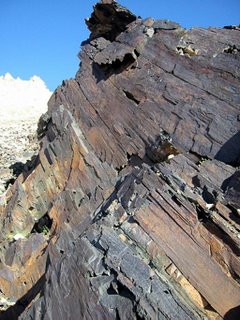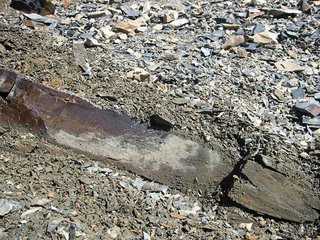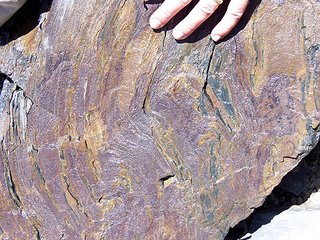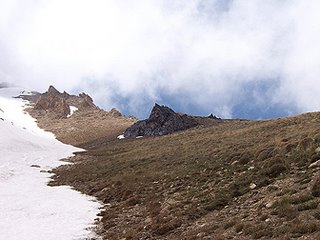Noah's Ark






Noah's Ark has always been fascinating to me as a child, so when I heard that the Base Institute (Bible Archeology Search and Exploration), a modern day Indiana Jones, has several digs going on throughout the world, indeed this piqued interest! We all love Indianna, so this is the real thing...read on, excerpts from Base's web site.
| THE ARK OF NOAH It is no secret that we here at The BASE Institute have formulated certain possible scenarios (e.g. the probable location of historical Mt. Sinai and the possible historical mountains of Noah), based on the testimony of the Bible, personal investigation, examination of evidence, and other factors. However, we admittedly propose these conclusions as potential answers and possible scenarios. We believe it would be a fallacy to dogmatically argue that our interpretation of all these factors is the only possible interpretation a Christian can hold. Because history is a once-in-time event, no assertion of history can be proven beyond all doubt. The best that can be offered is an informed argument based on the weight of the evidence. As we offer our possible scenarios about biblical history, we are unapologetically excited about what we believe we have discovered. We believe that others, meanwhile, are free to hold opinions of their own, and that they should be excited about those as well. We leave it to students of the Bible and of history to do enough investigation of their own to formulate their own educated opinions. Recently the search for Noah's ark has exploded with media attention after we shared pictures of a rock formation found on a high mountain in Iran. I have been careful to position all comments that I am not claiming to conclusively to have found the ark. I am not however dismissing the potential of that find in Iran has significant historical relevance. We think that the Bible and other sources point to Iran as being the most probable resting place for the Ark. Here's why: 1. Ararat refers to a Region of Mountains, Not one Mountain I, as well as many others in the modern era, have searched Mount Ararat in Eastern Turkey for the remains of Noah's Ark. It pains me to admit this, but I think I've spent a lot of time and money looking in the wrong place. A careful reading of Genesis will reveal why. Genesis 8:4 states, “then the ark rested in the seventh month on the seventeenth day of the month on the mountains of Ararat.” (NKJV) The mountains of Ararat signify a mountainous region or kingdom. This verse does not refer to a singular mountain named Mount Ararat. Mount Ararat, as such, does not appear in the Bible. Mount Ararat in Turkey, is a singular volcanic cone mountain that rises out of the Anatolian Plain in Eastern Turkey. So how did Mount Ararat get its name and therefore the attention? Many of earliest translations of the Bible, done in the centuries just before and after the beginning of the Christian era, render the term "Ararat" as "Armenia." Consequently, readers of Genesis probably understood the word "Ararat" in terms of the geography of their day rather than that of the Genesis narrator. That is, they likely restricted the term to the small district on the Araxes, the Ararat of their time, rather than considering the much larger ancient Kingdom of Urartu. (Urartu could at times be considered the entire mountainous region north of Syro-Mesopotamia.) Thus, when Armenians read in the early translations that the Ark had come to rest in "the mountains of Armenia," they understood it to be the one tall mountain in this area, Agri Dagi (traditional Mount Ararat in Turkey), which rises dramatically from the plain of the Araxes. But Armenian literature of the fifth through the tenth centuries knows nothing of any Ark story. It is not until the thirteenth century that the Ark legends began to appear in Armenia, and by the fourteenth century these stories became popular. Agri Dagi did not become known as Mount Ararat until about 1200 A.D. |


0 Comments:
Post a Comment
Subscribe to Post Comments [Atom]
<< Home